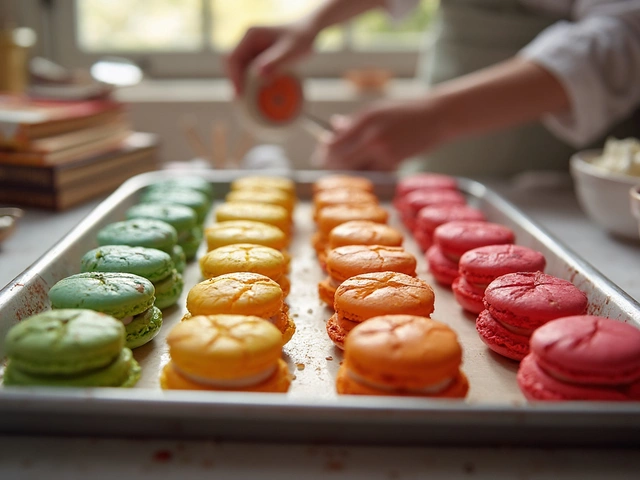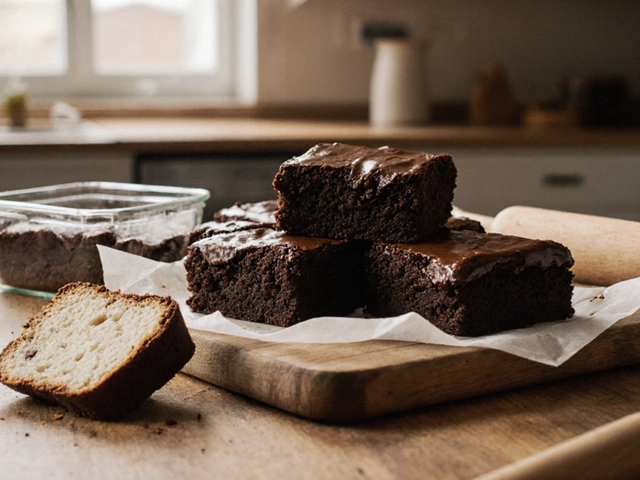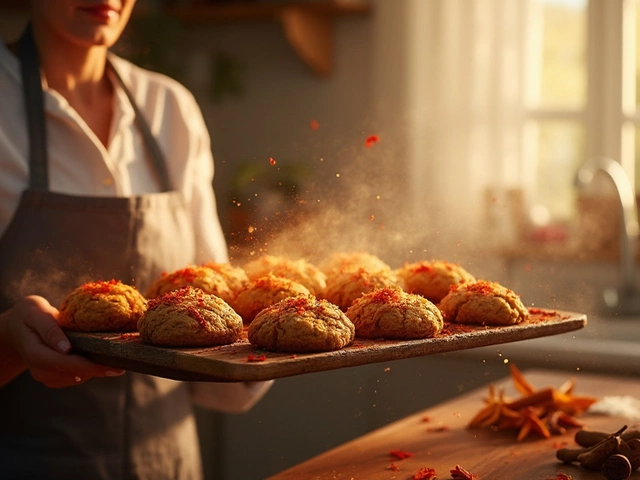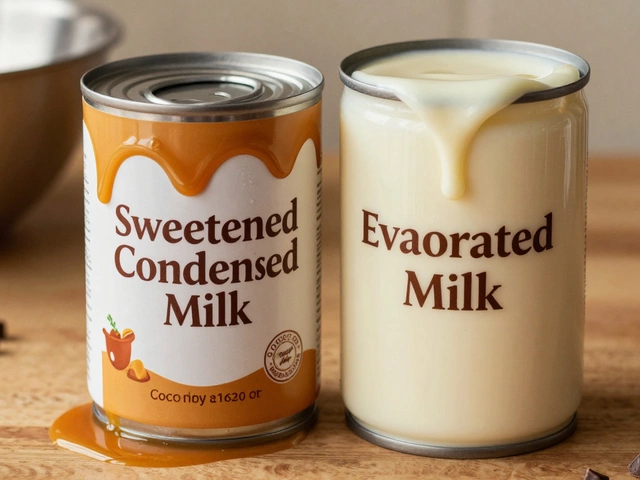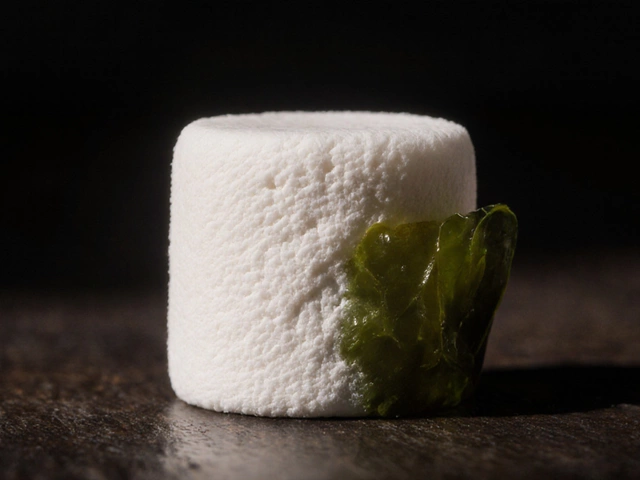Fudge Made Easy: Recipes, Tricks, and All the Answers
If you love that melt‑in‑your‑mouth feeling of homemade fudge, you’re in the right spot. This page gathers the most useful fudge posts from our site, so you can skip the guesswork and start making smooth, creamy bars in no time.
Whether you’re a beginner or a seasoned candy maker, the key to great fudge is mastering a few basics: temperature, stirring technique, and timing. Below you’ll find quick links to the posts that break each step down, plus extra tips that save you from common mishaps.
Temperature Secrets You Can Trust
The most common question we get is, “What temperature should I cook fudge at?” Our Fudge Temperature Guide nails the exact soft‑ball stage (around 235‑240°F) and explains how to hit it every time with a candy thermometer. It also covers altitude adjustments and quick fixes if you overshoot the target.
Missing a thermometer? No problem. The guide shows a simple “cold‑water test” you can do with a spoonful of syrup. Drop it in ice water; if it forms a soft ball you can roll between your fingers, you’re there.
How to Keep Fudge Smooth, Not Grainy
Grainy fudge is a heartbreak, but it’s usually a stir‑timing issue. The post How to Make Fudge That’s Smooth and Not Grainy walks you through the science of sugar crystallization and tells you exactly when to stop stirring. A quick tip: once the mixture hits the soft‑ball stage, remove it from heat and give it a short, vigorous stir before letting it sit.
For those who prefer a richer texture, the article The Real Secret to Perfect, Creamy Fudge adds a splash of butter and a pinch of cream of tartar. These ingredients slow crystal formation, giving you that velvety bite.
Ever boiled fudge too long? The post Boiling Fudge Too Long: What Really Happens and How to Fix It explains why the fudge turns hard and crumbly, and shows how a quick water bath can rescue a batch that’s gone a bit too far.
All these guides share one common theme: keep your eye on the pot, use a reliable thermometer, and don’t rush the cooling stage. The result? Fudge that looks and tastes like it came from a candy shop.
Ready to start? Pick a recipe that fits your taste—classic chocolate, peanut butter, or even a coffee twist—and follow the step‑by‑step instructions in the linked posts. Remember, fudge is forgiving; a small mistake is usually fixable with the tips above.
Got a question that isn’t covered? Drop a comment on any of the articles or join our community forum. We love hearing about your fudge successes (and the occasional disaster) because every batch teaches us something new.
Now, grab your saucepan, heat up that sugar, and get ready to enjoy the best homemade fudge you’ve ever made. Happy cooking!

Why Is Fudge So Hard to Make? Secrets, Science, and Tips for Perfect Homemade Fudge
Ever wondered why fudge turns gritty or weirdly gooey? This deep-dive unpacks the real reasons fudge is tricky and shows how to master it in your own kitchen.
View More
What Do Americans Call Fudge? The Delicious World of Classic Fudge Recipes
Ever wondered what Americans mean when they talk about fudge? This article breaks down what fudge actually is, how it shows up in American homes, and all the little ways people enjoy it. You'll find out why it's such a big deal around the holidays and what makes American-style fudge stick out from the rest. If you love sweets or want to try fudge recipes, this guide gives you all the basics, tips, and fun facts.
View More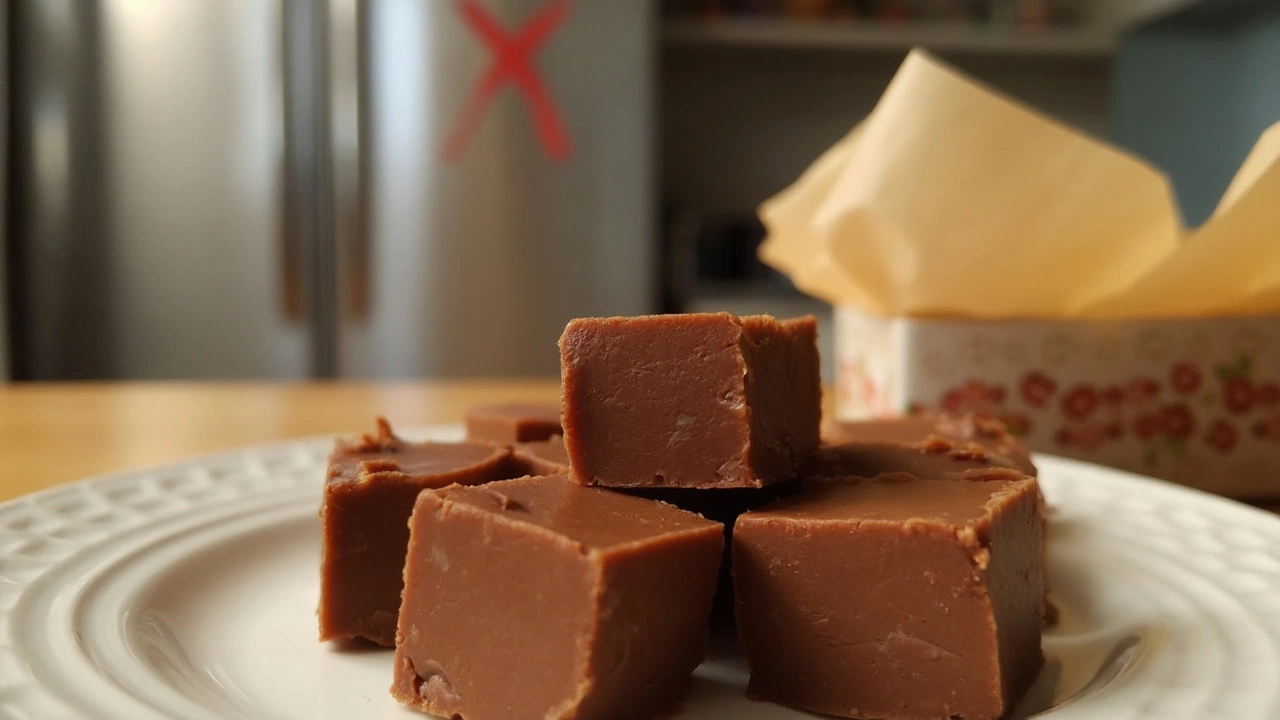
Why Should You Not Put Fudge in the Fridge? (And What to Do Instead)
Storing fudge in the fridge seems logical, but it can actually ruin your treat’s texture and flavor. This article explains why refrigeration makes fudge grainy, how temperature changes affect its ingredients, and offers tips for keeping your fudge smooth and delicious. You'll discover the ideal way to store fudge to maintain its freshness. Protect your homemade fudge from common storage mistakes and learn what really works.
View More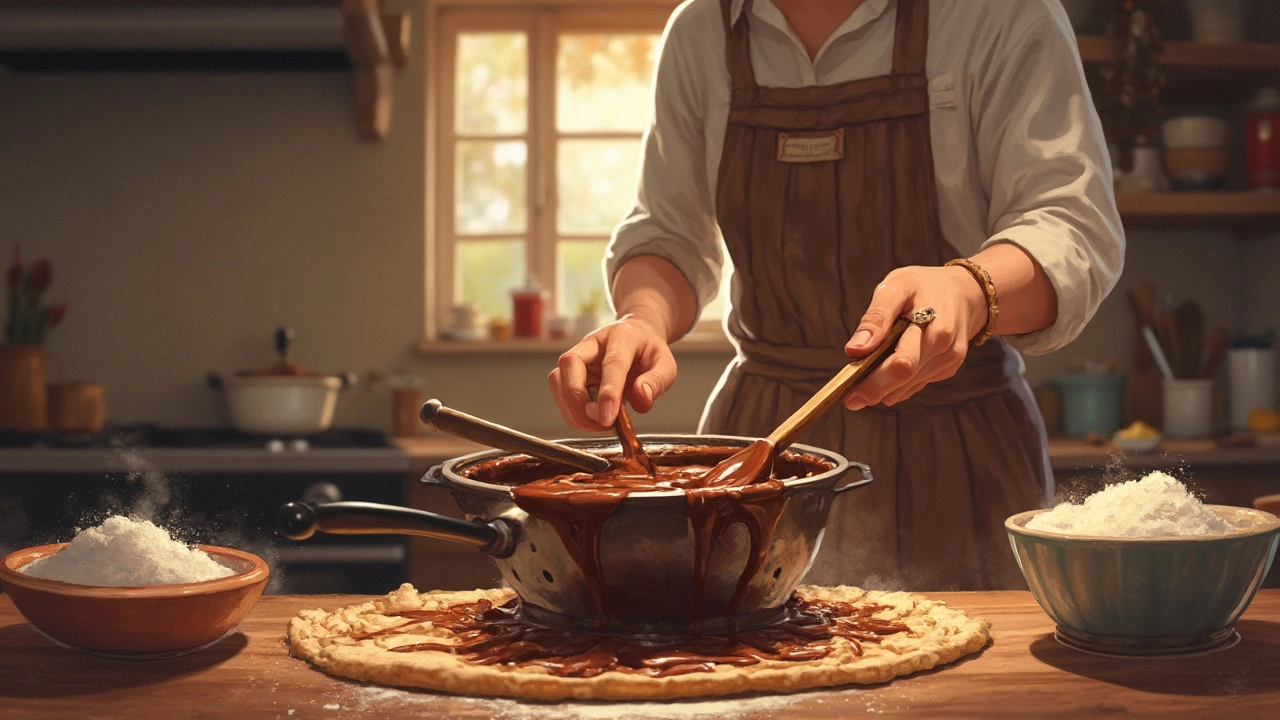
How to Keep Fudge from Turning Sugary: The No-Fuss Guide
Nobody wants gritty fudge, but getting that perfectly smooth bite can be tricky. This article explains why fudge gets sugary, how to avoid it, and what really works in the kitchen. Discover proven tips and key mistakes people make. Finally, learn what to do if your fudge still sugars up, so you don’t have to toss the whole batch.
View More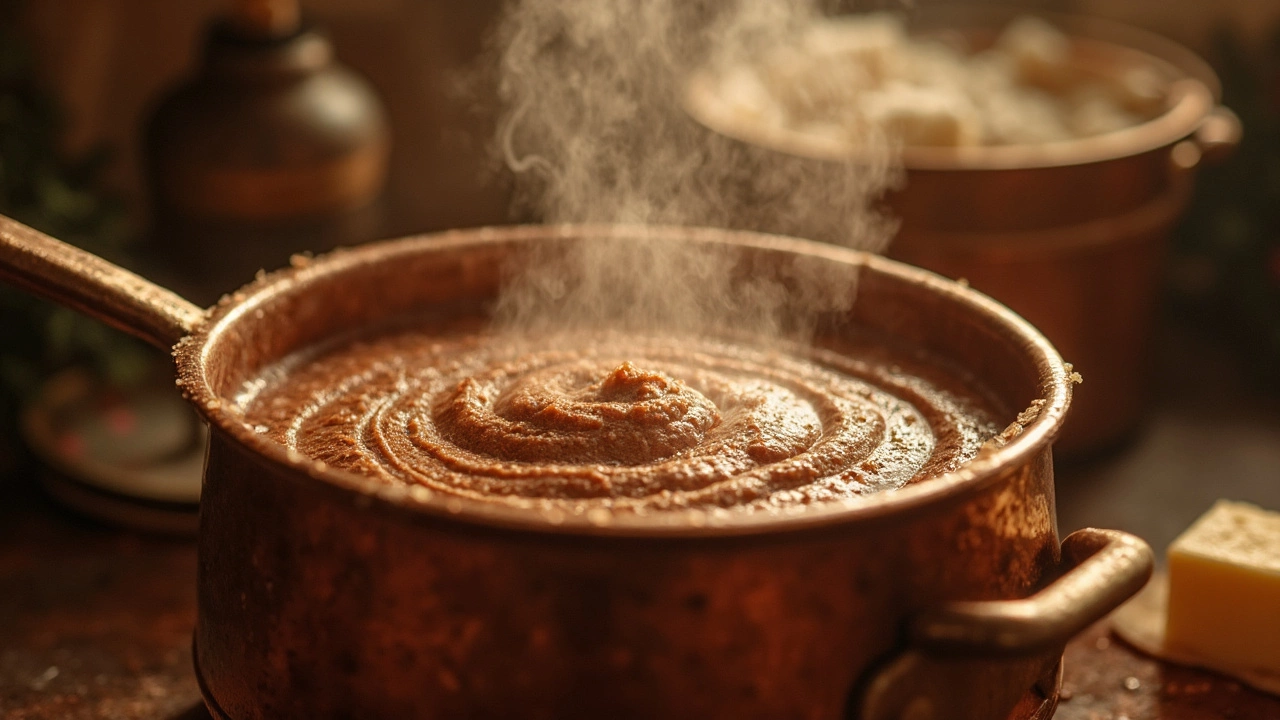
What Makes Fudge Good? Easy Tips for Homemade Perfection
Curious why some fudge turns out dreamy while other batches feel gritty or dry? This article breaks down the magic behind good fudge, from the science of sugar crystals to tricks for the perfect texture and flavor. You'll find honest, practical tips, interesting facts, and everything you need to level up your homemade fudge. Whether you're a first-timer or an old pro, these insights make every batch a little sweeter. Get ready to satisfy your sweet tooth with fudge that actually melts in your mouth.
View More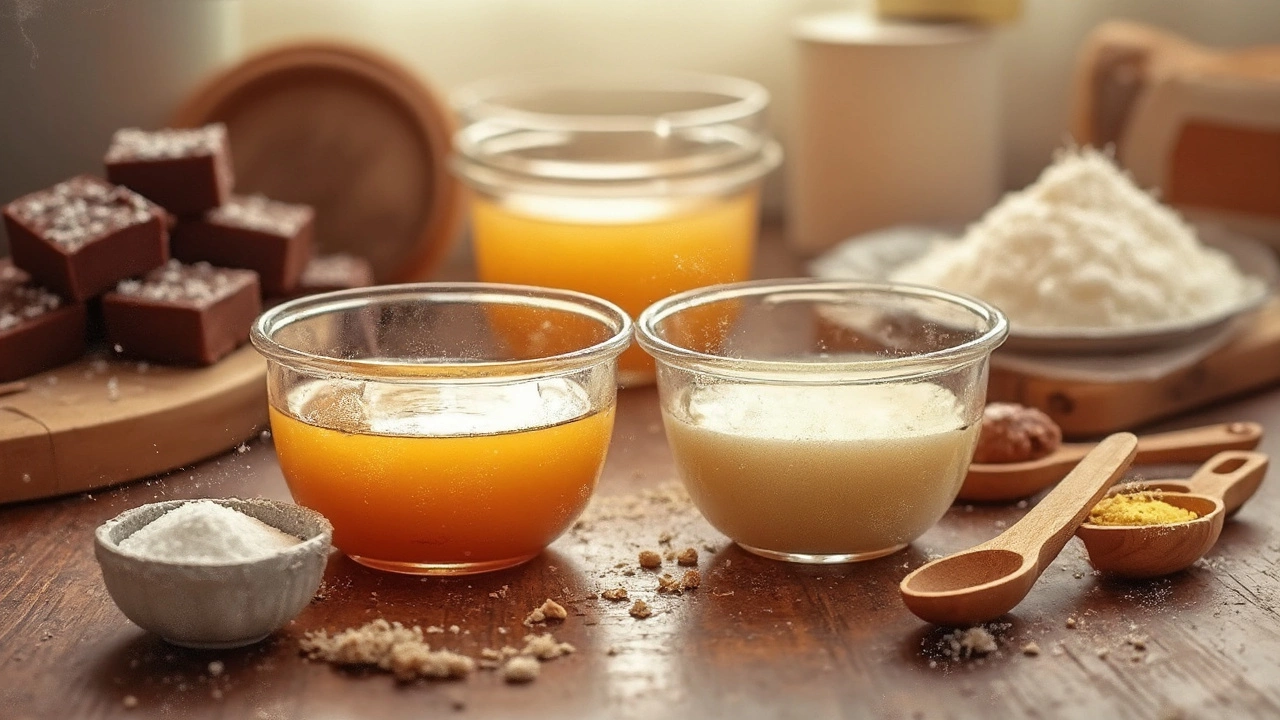
Can I Use Honey Instead of Condensed Milk? Sweet Swaps for Fudge Recipes
Is honey a good substitute for condensed milk in fudge recipes? This article breaks down what happens when you swap one for the other, and what you need to adjust to get great-tasting fudge. Get practical tips for measurements, texture, and flavor changes. Find out which swaps work best, and learn a bit about the science behind stickiness and sweetness in your favorite treats. Save your next batch of fudge from a sticky mess—or a crunchy flop.
View More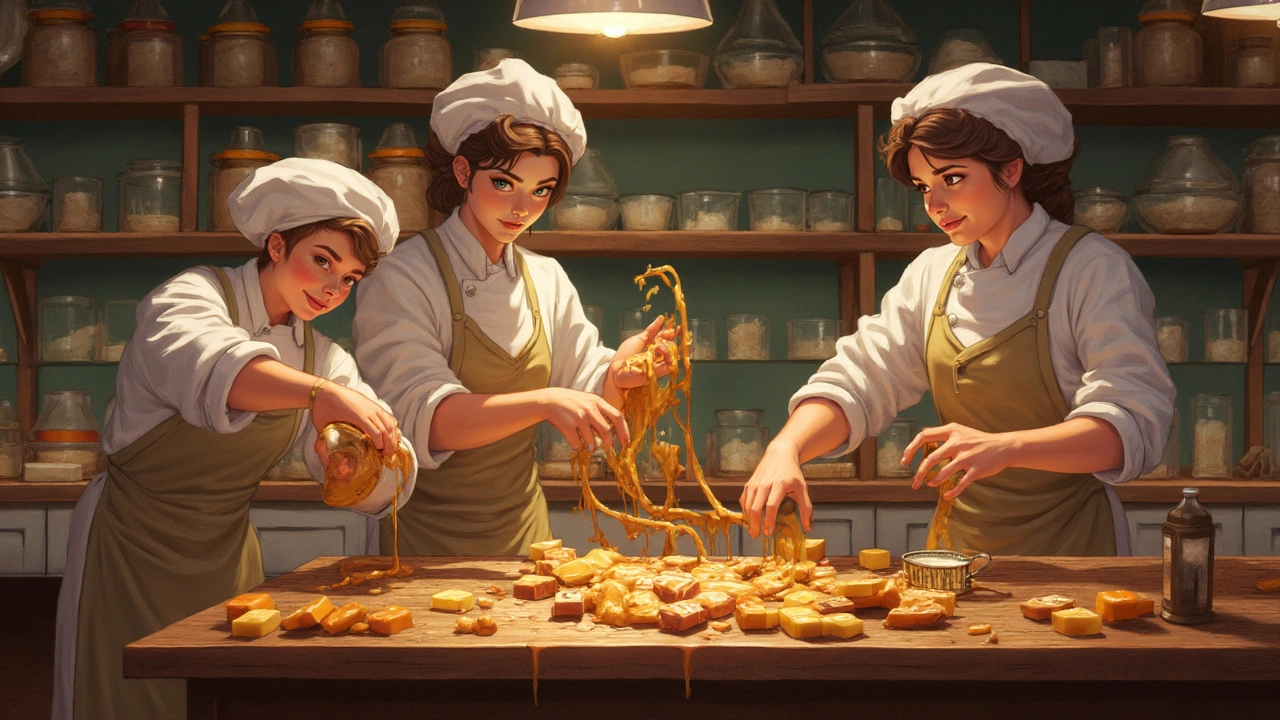
Toffee vs. Fudge: What's the Real Difference?
The sweet world of candy often blurs lines between toffee and fudge, leaving many dessert lovers curious about their differences. Dive into the key ingredients, textures, and cooking methods that set these two delicious treats apart, while also discovering how to best enjoy them at home. This article simplifies their distinct characteristics and offers tips for making perfect batches. Whether you're a sweet tooth newbie or a seasoned candy maker, this guide will satisfy your curiosity and your palate.
View More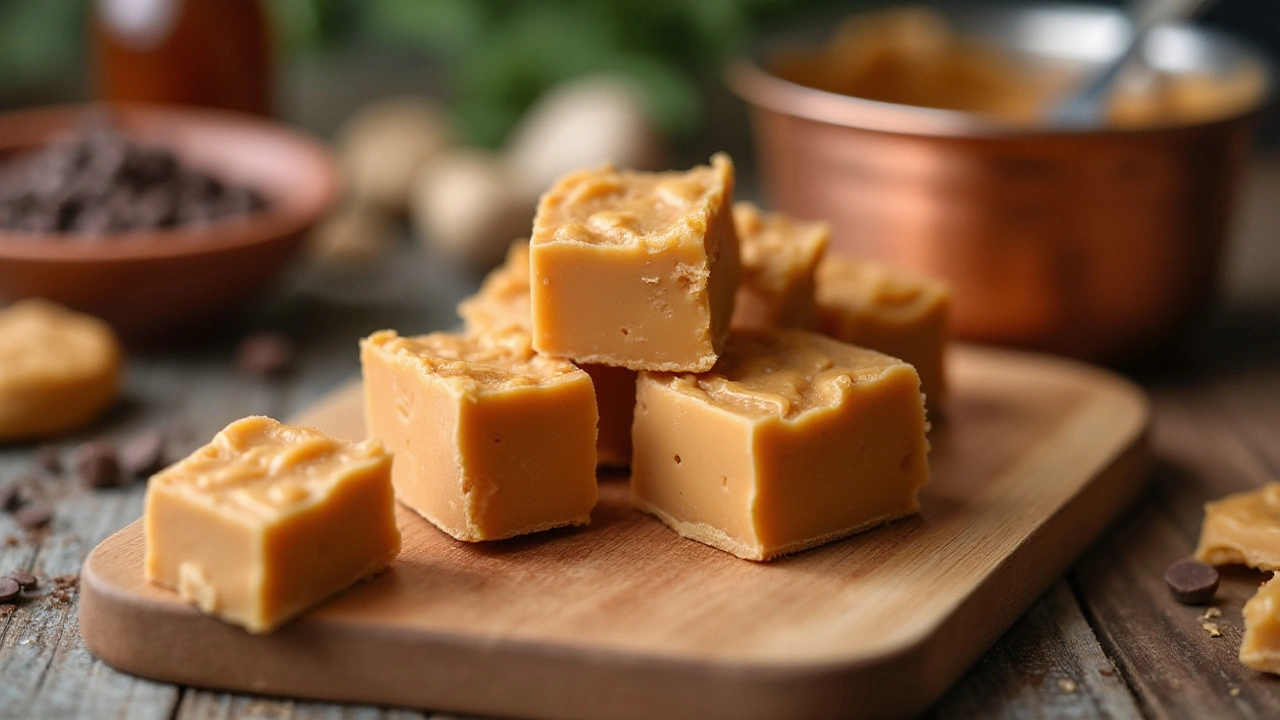
Prevent Sugar Crystals in Fudge with These Simple Tips
Making smooth and creamy fudge can be a rewarding experience, but sugar crystals can sometimes spoil the texture. This article explains the science behind why sugar crystallizes in fudge and provides helpful tips on how to prevent this from happening. Learn how to handle sugar, cook fudge mixtures to perfection, and store your sweet treats. Discover how small changes can significantly improve your fudge-making skills.
View More
